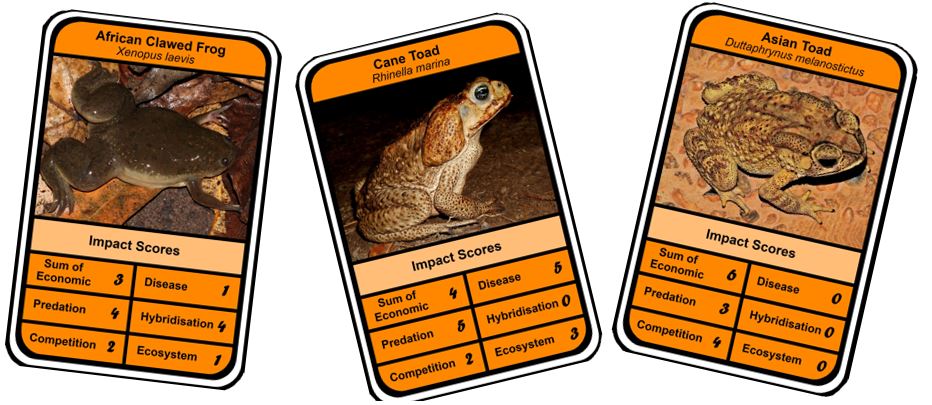13th Herpetological Association of Africa conference
We had a great time at Bonamanzi Game Reserve for the 13th Herpetological Association of Africa conference.
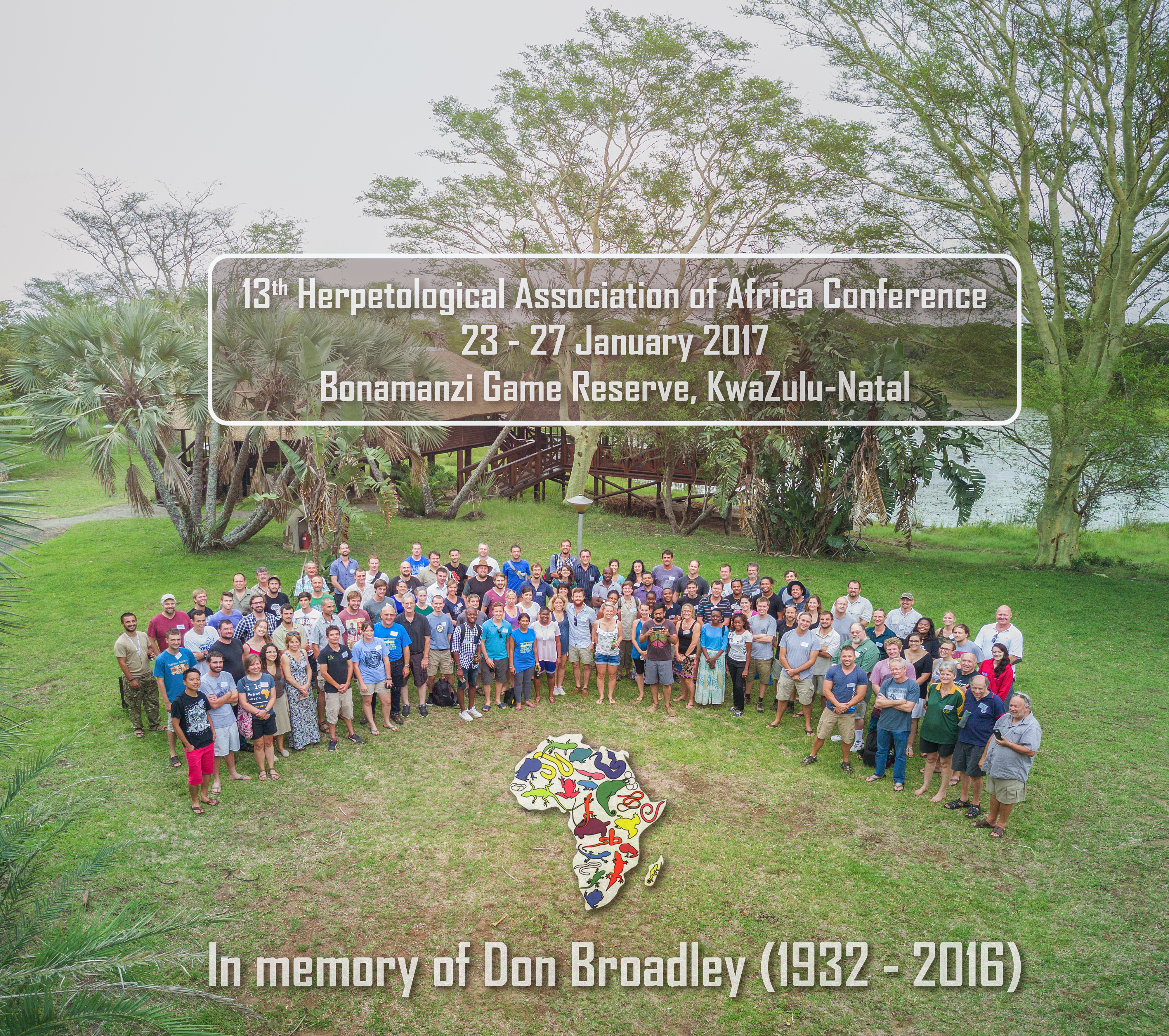
In addition to the great photo there were lots of presentations from the MeaseyLab, including INVAXEN work and aSCR:
Estimating the global population size of a species that is hard to find: The case of Rose’s mountain toadlet
FRANCOIS BECKER, RES ALTWEGG , JOHN MEASEY, JASPER SLINGSBY & KRYSTAL A. TOLLEY
Parasite introduction to the endangered western leopard toad: Spill-over or spill-back?
NATASHA KRUGER, LOUIS H. DU PREEZ & JOHN MEASEY
Densities of Arthroleptella lightfooti across the Cape Peninsula: Preliminary results from acoustic spatial capture-recapture
MARIKE LOUW, RES ALTWEGG, ANDREW TURNER, JASPER SLINGSBY, BEN STEVENSON, DAVID BORCHERS & JOHN MEASEY
Who croaked? What the fossil frog bones say
THALASSA MATTHEWS & JOHN MEASEY
Counting chirps: Acoustic monitoring of cryptic frogs
JOHN MEASEY, BEN STEVENSON, TANYA SCOTT, RES ALTWEGG & DAVID BORCHERS
Modelling current and future distributions of three African anurans representing different functional groups: An ecophysiology modelling approach
MOHLAMATSANE M. MOKHATLA, DENNIS RÖDDER & JOHN MEASEY
Frog Olympics: Exploring the locomotory ecomorphology of the pyxicephalid radiation in southern Africa
ALEXANDER D. REBELO & JOHN MEASEY
Global realized niche divergence in the African clawed frog Xenopus laevis
DENNIS RÖDDER, FLORA IHLOW, JULIEN COURANT, JEAN SECONDI, ANTHONY HERREL, RUI REBELO, JOHN MEASEY, FRANCESCO LILLO, F. ANDRÉ DE VILLIERS, CHARLOTTE DE BUSSCHERE & THIERRY BACKELJAU
The relative tadpole vulnerability of Xenopus tadpoles to X. laevis predators
COREY J. THORP, JAMES R. VONESH & JOHN MEASEY
Frog metapopulation dynamics in the Western Cape
ANDREW A. TURNER, JOHN MEASEY & KRYSTAL A. TOLLEY
Never underestimate your opponent: Adaptive phenotypic response in a recent amphibian invader
GIOVANNI VIMERCATI, SARAH J. DAVIES & JOHN MEASEY
Impacts of climate change on the global invasion potential of the African clawed frog Xenopus laevis
FLORA IHLOW, JULIEN COURANT, JEAN SECONDI, ANTHONY HERREL, RUI REBELO, JOHN MEASEY, FRANCESCO LILLO, F. ANDRÉ DE VILLIERS, SOLVEIG VOGT, THIERRY BACKELJAU & DENNIS RÖDDER
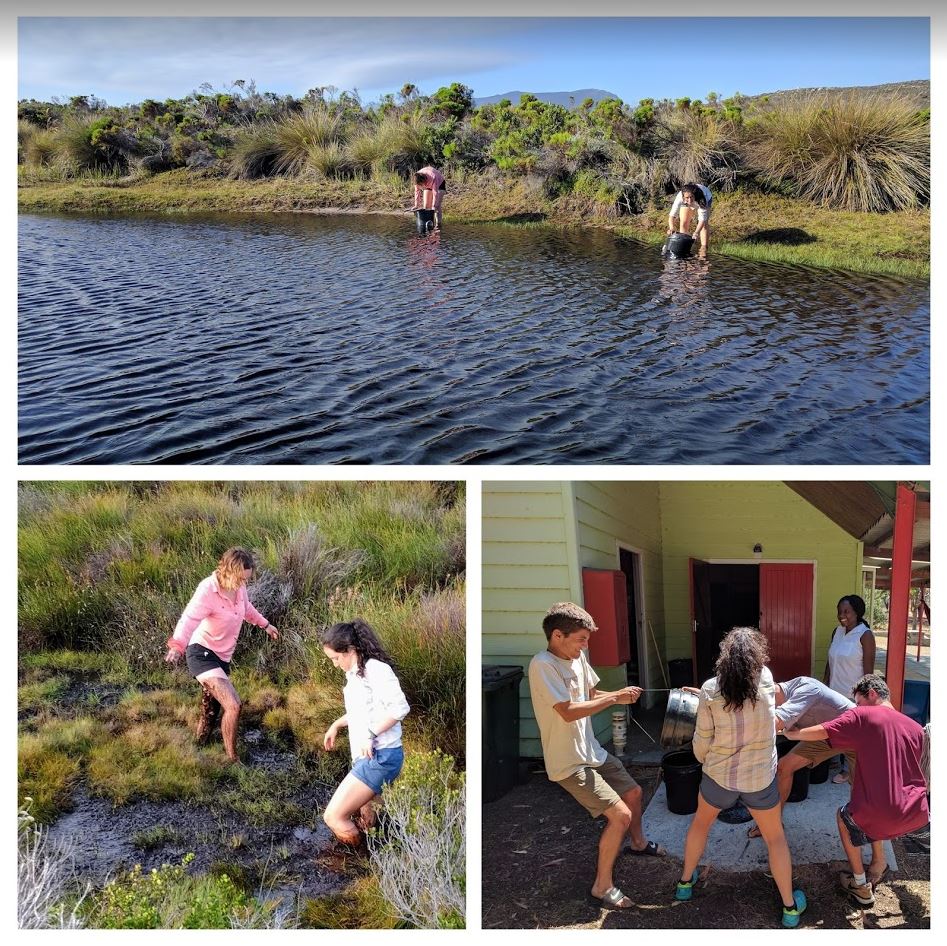
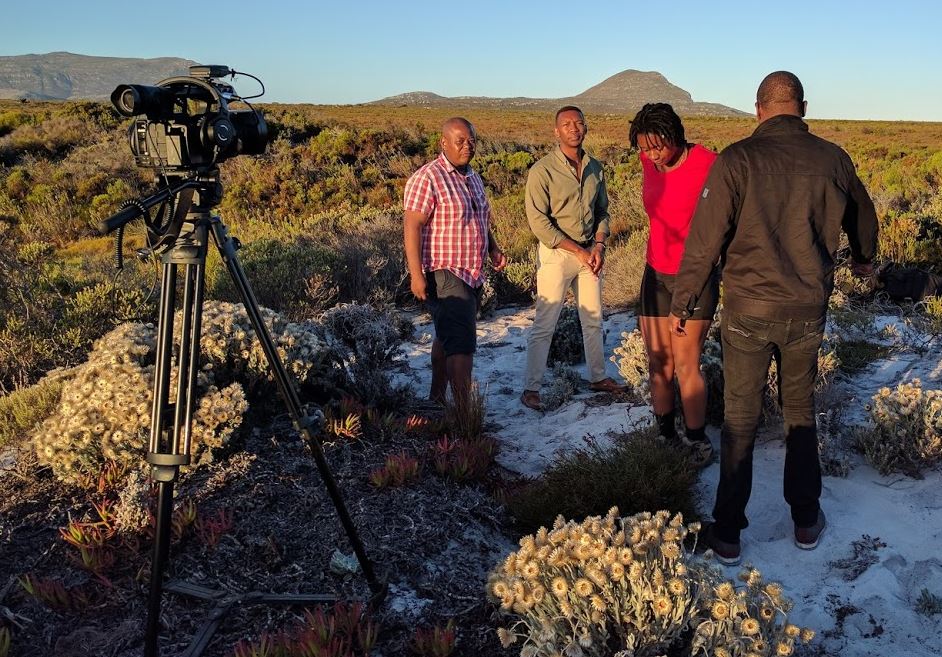
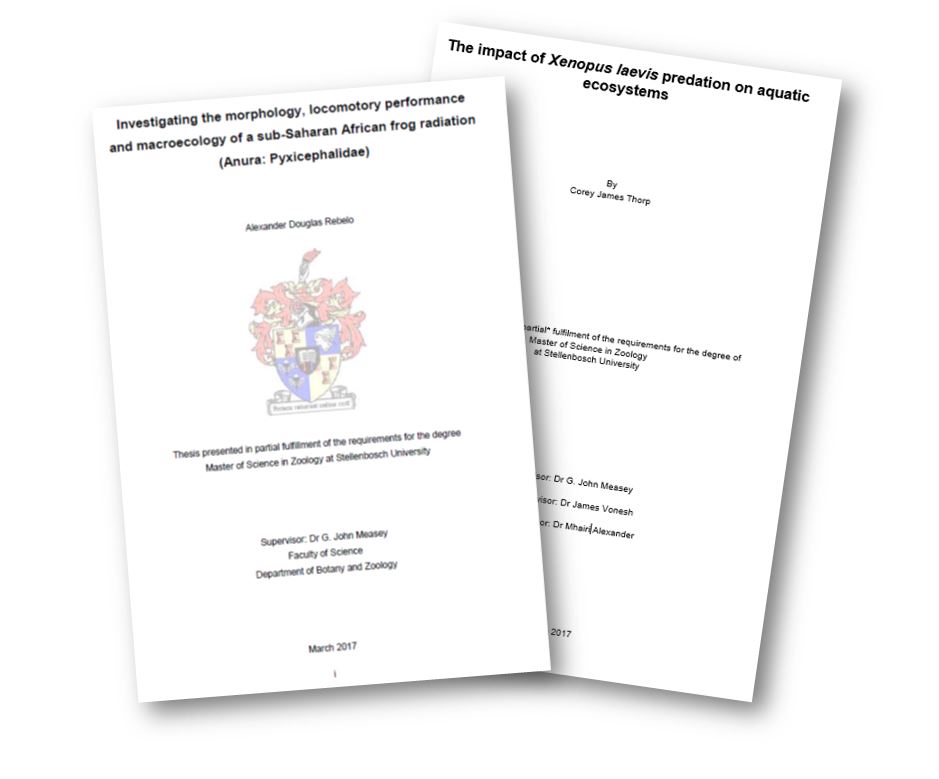
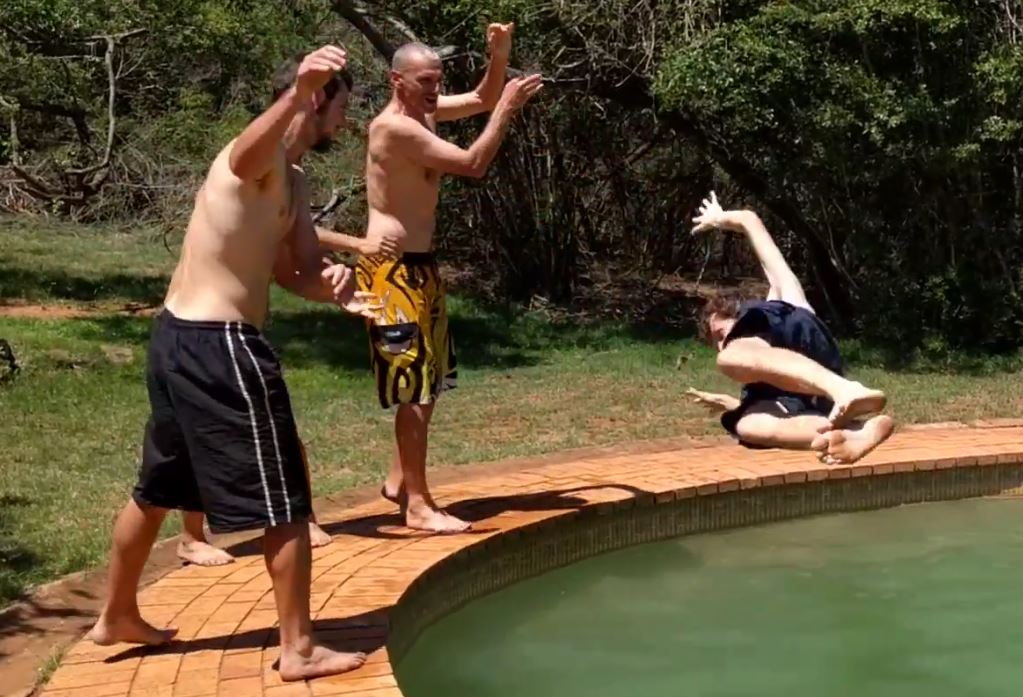
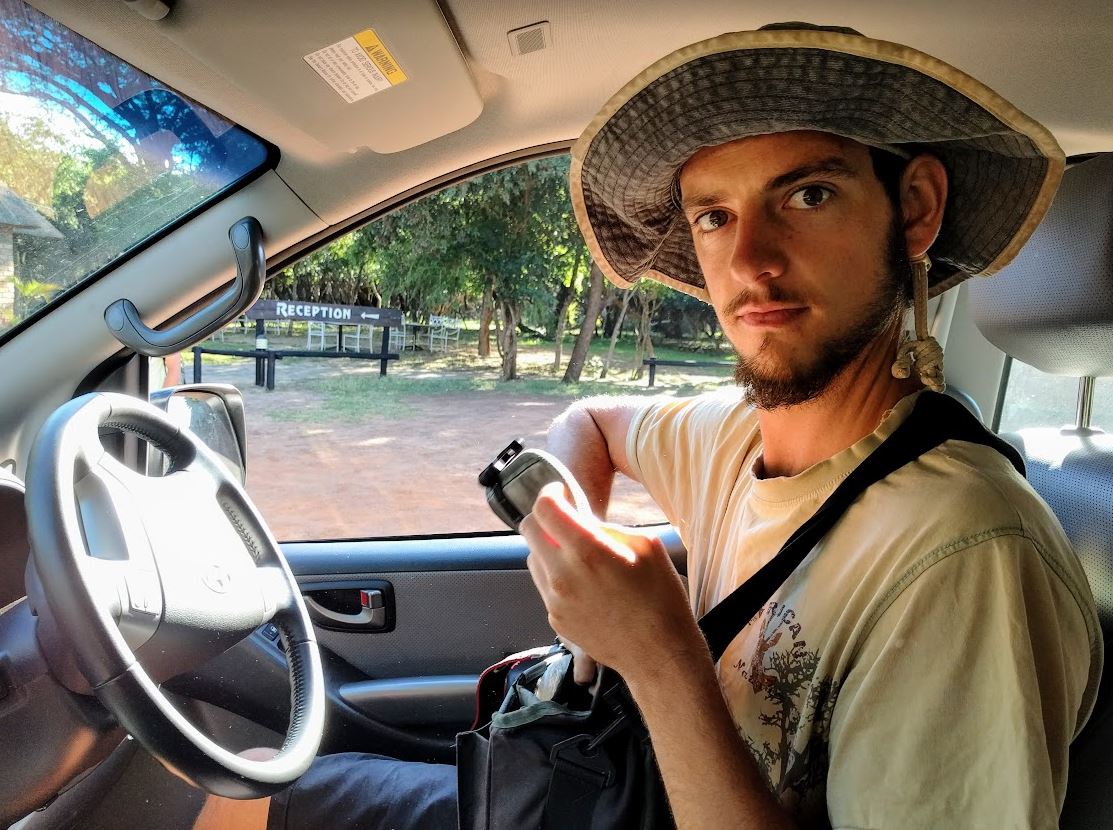
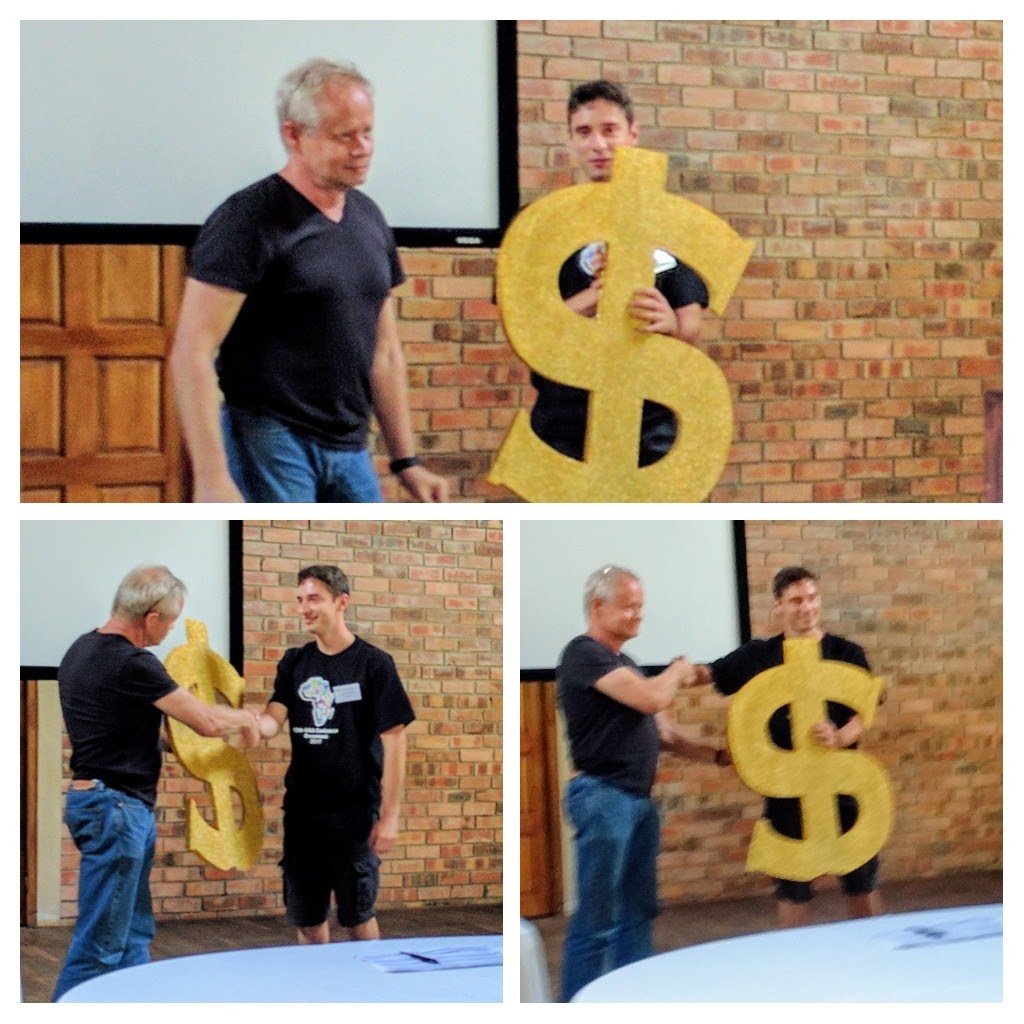 Seen here Gio accepting the cash prize from HAA chair, Graham Alexander.
Seen here Gio accepting the cash prize from HAA chair, Graham Alexander.
